The issue I am having is that I want to be able to change the textColor of certain text in a TextView. I am using a concatenated string, and just want the strings I am appending into the TextView's text. It appears that what I want to use is NSMutableAttributedString, but I am not finding any resources of how to use this in Swift. What I have so far is something like this:
let string = "A \(stringOne) with \(stringTwo)"
var attributedString = NSMutableAttributedString(string: string)
textView.attributedText = attributedString
From here I know I need to find the range of words that need to have their textColor changed and then add them to the attributed string. What I need to know is how to find the correct strings from the attributedString, and then change their textColor.
Since I have too low of a rating I can't answer my own question, but here is the answer I found
I found my own answer by translating from translating some code from
Change attributes of substrings in a NSAttributedString
Here is the example of implementation in Swift:
let string = "A \(stringOne) and \(stringTwo)"
var attributedString = NSMutableAttributedString(string:string)
let stringOneRegex = NSRegularExpression(pattern: nameString, options: nil, error: nil)
let stringOneMatches = stringOneRegex.matchesInString(longString, options: nil, range: NSMakeRange(0, attributedString.length))
for stringOneMatch in stringOneMatches {
let wordRange = stringOneMatch.rangeAtIndex(0)
attributedString.addAttribute(NSForegroundColorAttributeName, value: UIColor.nameColor(), range: wordRange)
}
textView.attributedText = attributedString
Since I am wanting to change the textColor of multiple Strings I will make a helper function to handle this, but this works for changing the textColor.


